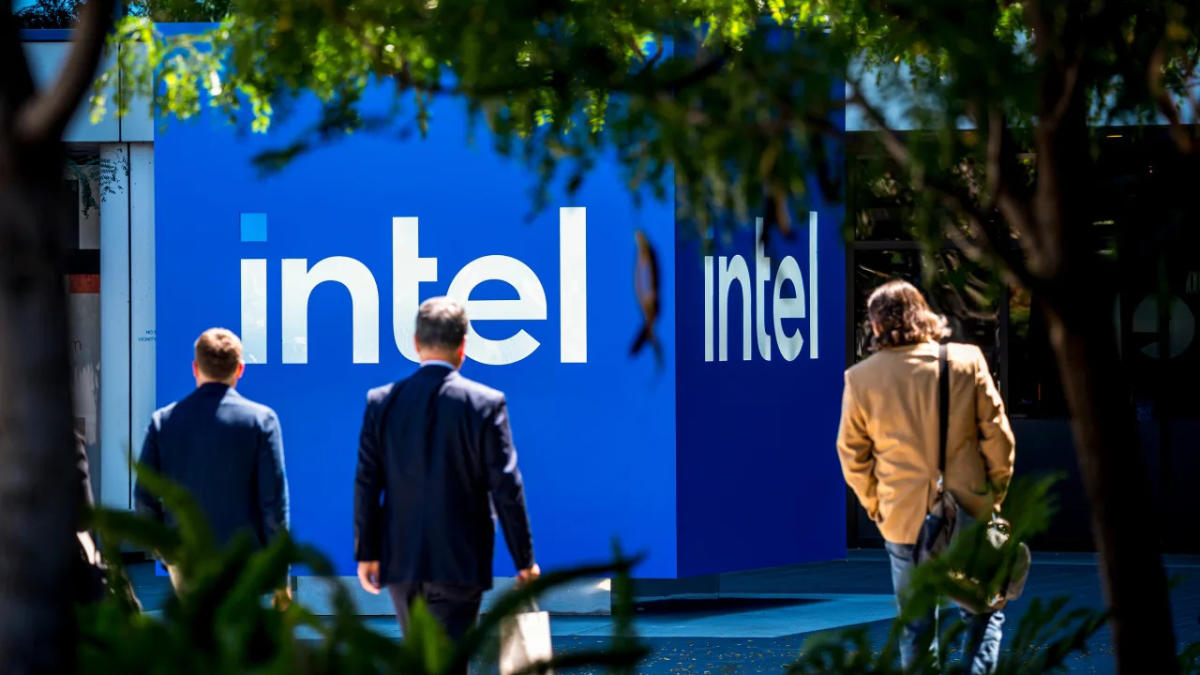For nearly 30 years, Intel was the world’s largest chipmaker. But a decade ago, things began to change – and today the company’s future is at a crossroads.
Most read by Fast Company
Financial results for the last two quarters have fallen far short of expectations. In the last quarter, Intel reported earnings of just 2 cents per share, instead of the expected 10 cents, and the company suspended its dividend payment. Now that Intel has laid off more than 15 percent of its workforce, the company is looking for ways to best move forward.
On Tuesday, a three-day series of meetings began in which Intel’s board of directors began reviewing options for how to proceed – which could result in more layoffs, the sale of subsidiaries or perhaps even a breakup of Intel’s core business.
What started as a slow slide has become a lightning-fast crash. But while Intel works to correct course, other technology companies can learn from the company’s problems.
Capital is king
Intel had at one point a cash flow of $10 billion (or more) per year. However, by 2022, it was negative, and over the past two years, the situation has only gotten worse. This downward spiral in cash flow has hampered the company’s ability to fund its core businesses.
Investment and risk go hand in hand – and Intel took some risks in the chase for AI chips, including investing $100 billion in U.S. manufacturing and launching laptop chips with dedicated AI processors. But the company was too far behind to make a significant impact, costing it time and money. And a payoff from that is far from in sight.
There’s a difference between spending money now to earn much more later and just burning money. And leaders need to have the presence of mind to recognize when they’ve moved from one of these scenarios to another.
Know when to pivot
Changing course can be humiliating. It signals to investors and employees alike that you’ve made a mistake. But not doing so can have dire consequences. Intel makes some money from its existing businesses, but not enough to cover the capital expenditures needed to expand its manufacturing and supply chain. Failing to implement a new plan sooner likely cost the company billions.
“While the overall strategy may have made sense at the beginning, the company’s current track record no longer appears to be sufficient to carry it through to the end,” Stacy Rasgon, an analyst at Bernstein Societe Generale Group, wrote in a note last week.
Intel has historically been slow to adapt. It failed to recognize the changes in consumer demand that began in the late 2000s. Instead of focusing on the rising demand for chips for mobile devices, it focused entirely on the PC business (and the profits that segment contributed to the bottom line at the time). It also insisted on making its own processors while competitors outsourced the work. More recently, Intel has completely missed the rise of AI-focused chips, giving Nvidia the chance to pull far ahead.
“If you have a linear mindset, you think, ‘What I do, I will continue to do,’ but technology has the ability to change those things,” says Ram Chellappa, a professor at Emory University’s Goizueta School of Business Fast Company.
It is difficult to always be one step ahead, but it is even harder to catch up
Intel CEO Pat Gelsinger is currently under scrutiny, but virtually no one blames him for all of the company’s current problems. He joined Intel in 2021 hoping to get the company back on track after the missteps of previous management. But getting Intel back to some level of prominence is taking longer and costing much more than expected — and R&D costs will only continue to rise as the company catches up.
“This is no longer the safe place they used to have, and that is reflected in the financial numbers,” says Chellappa.
Once investors’ trust is lost, it is almost impossible to regain it
Intel’s problems have been mounting in recent quarters, but the warning signs have been there for a while – and investors have recognized them. Over the past five years, shares have fallen 63 percent. Last year they fell 50 percent, and year-to-date, the company’s shares have fallen nearly 60 percent.
The Dow Jones Industrial Average is even considering removing the company from its index. Investors now value the company at far less than the value of its plants and other assets on its balance sheet.
Job cuts and restructuring plans will help to some extent, but until Intel shows that it can be a real player in the AI space or introduces a product that will play a significant role in future technologies, it will be difficult to win back investors who have dropped out.
Under the microscope, you should only promote a product when you are sure that it is ready
One of Intel’s hopes for the future was to transform the company into a fabless design studio to lure customers away from Taiwanese giant TSMC. But those efforts hit a roadblock earlier this month when chip designer Broadcom tested Intel’s production process and said Intel was not yet ready for large-scale production.
Intel says the system will be ready next year, but the setback could have long-term consequences as confidence in Intel’s manufacturing declines.
This article originally appeared on fastcompany.com
Subscribe to the Fast Company newsletter: http://fastcompany.com/newsletters

